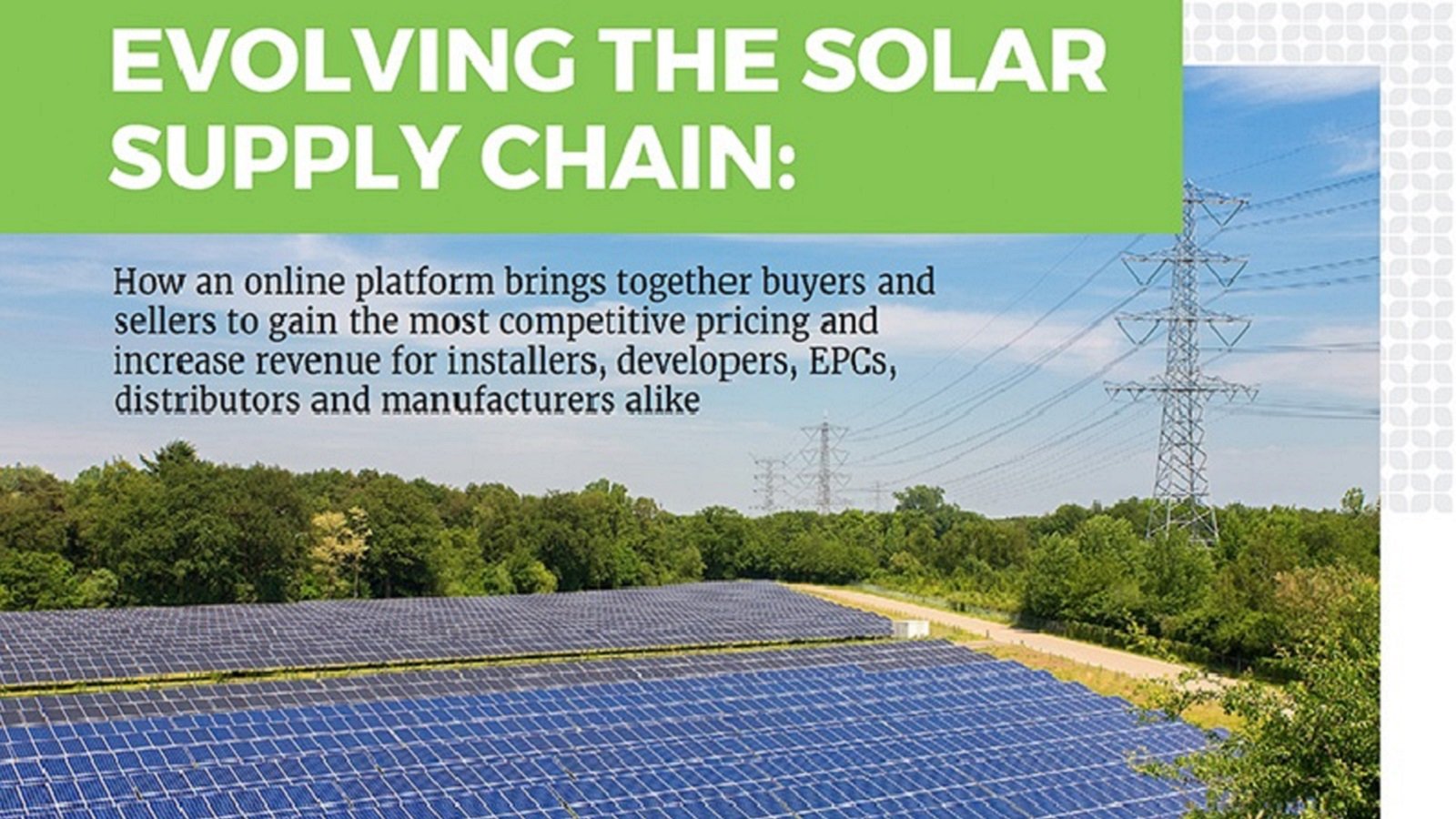A Need for Open Communications
Buyers and sellers throughout the solar industry have long worked in silos where even the most rigorous due diligence would yield a murky picture of how prices quoted for modules, inverters, microinverters, racking, mounting and batteries compared to the rest of the market.
But when the supply chain opens up and becomes more transparent, solar prices fall. We’ve seen this happen in the solar industry in recent years with respect to both hardware and soft costs. As the supply chain evolves to welcome the free flow of equipment via wholesale solar equipment brokering, prices will fall further.
Falling Prices ≠ Lower Quality
Falling prices does not necessarily mean that quality falls as well. Rather, when we work to enhance business processes aimed at reducing soft costs, we increase our profit margins and are able to offer competitive prices to our customers. Efficiencies in business processes increase quality.
The Power of Software + e-Commerce
This philosophy was the backbone of the U.S. Department of Energy’s (DOE) SunShot Initiative, a federal program aimed at promoting the adoption of solar energy through collaborative efforts to slash costs. The DOE recognized the power of software and e-commerce to achieve its mission by providing grants to entrepreneurs and businesses able to harness its potential. The rationale was simple: software and e-commerce offer a powerful platform to inject some desperately needed sophistication into an industry that was growing faster than it was actually maturing.
Connecting the Solar Supply Chain
What emerged were a number of online marketplaces poised to save solar companies time and money as well as gain efficiency. Online marketplaces excel in portraying real-time prices and a platform to connect companies across the supply chain.
Want to learn more about online B2B exchanges?
